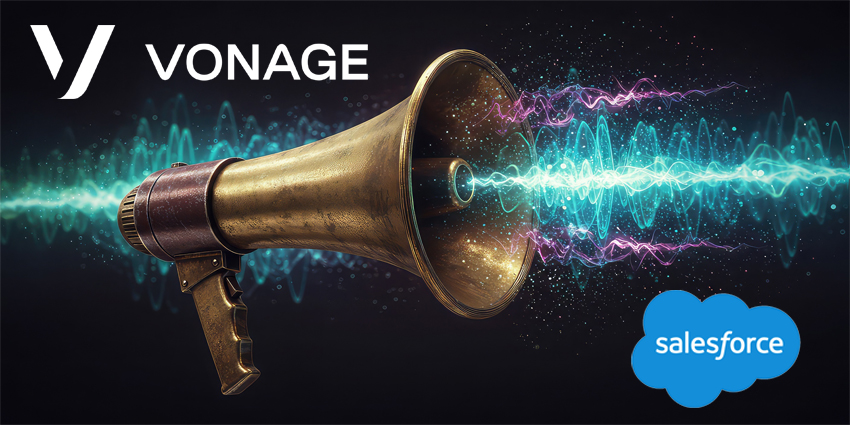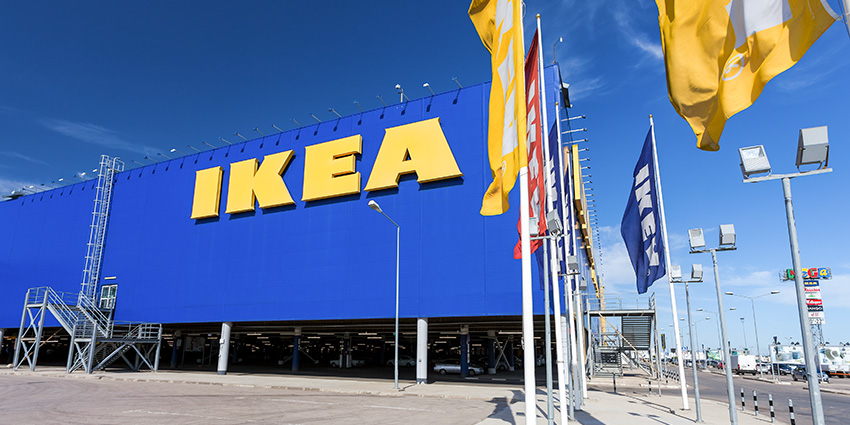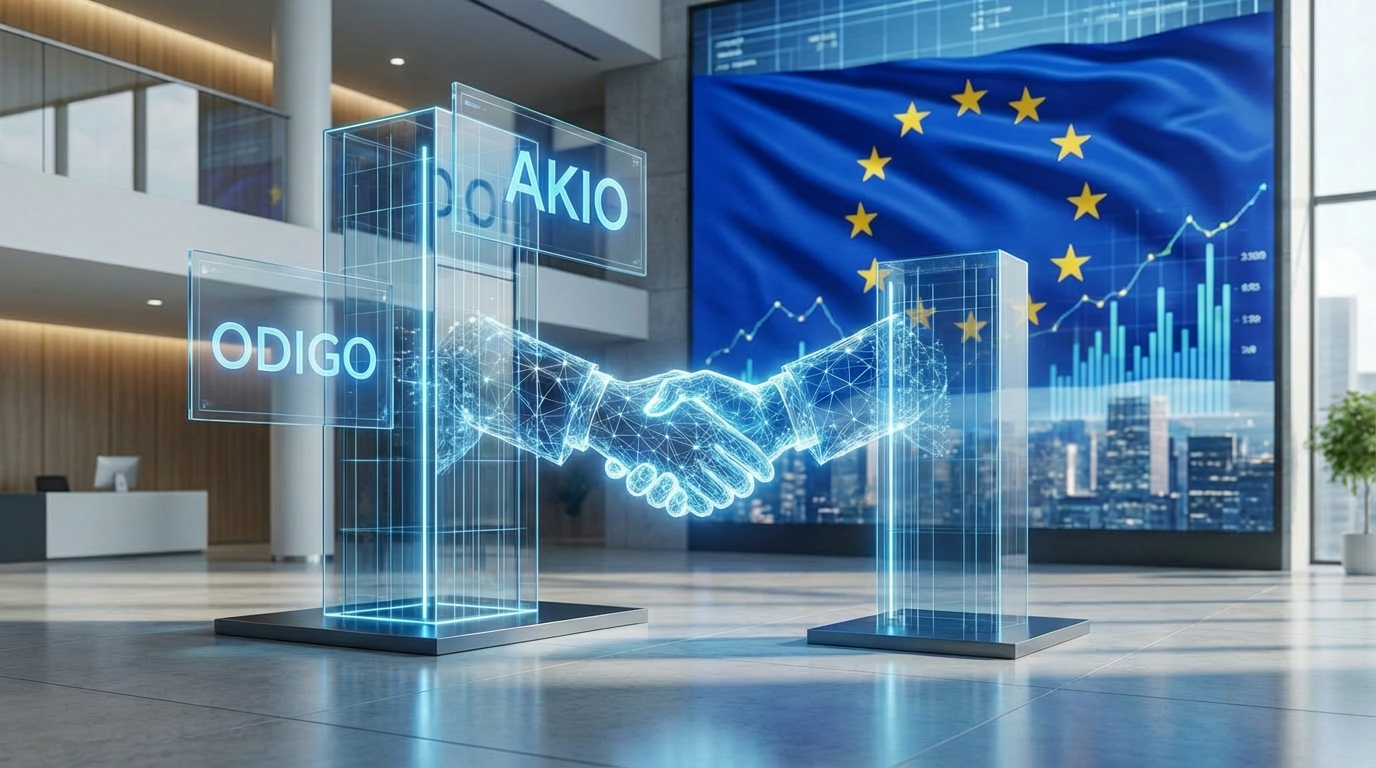As the name suggests, the customer experience space has a tendency to primarily focus on the customer.
This is particularly true in the contact center, where the latest enhancements and solutions are almost always designed to improve things for the customer, with agents often treated as an afterthought.
Failure to adequately consider agent satisfaction and experience can lead to higher turnover, absenteeism, and burnout.
But the tide does appear to be slowly turning, and more and more contact centers seem to be realizing that a happy agent = a happy customer.
Ironically, one of the key contributors to agent burnout can be the very tools that are supposed to make things easier for them.
While some of these AI-powered innovations and software advancements should theoretically improve the agent experience, the need to juggle multiple technologies can make things more complicated.
This topic was discussed during a recent conversation with Thor Mitskog, the CEO of Cyber Acoustics, a customer service and experience vendor specializing in contact center headsets.
For Mitskog, the technological advances that have occurred within the customer service and experience space in the past few years have led to a “very crowded tech stack.
“Gone are the days of a simple plug-and-play headset.
“These days, agents must deal with multiple cloud-based tools: softphones, analytics, noise reduction apps, time tracking, and client-specific systems.
“Each of these requires training and correct setup, which adds cognitive load and complexity.”
Comfort is Key
Away from the complexities of the actual role, Mitskog believes the work environment is another facet of the agent experience that is often overlooked.
The increased popularity of working from home that was popularized during the pandemic undoubtedly has its positives, from greater flexibility to time and money savings associated with commuting.
However, it has also resulted in agents missing out on daily interactions with team members, which affects morale.
Maintaining healthy remote working routines can be difficult. Although some agents prefer the freedom and are very disciplined, others struggle.
“When they burn out, they often blame the job and leave,” Mitskog explained.
“Small changes that reduce stress and create a more relaxing environment are key, but they’re difficult to implement.
“Companies need to make sure they’re providing what hybrid workers need to be comfortable.”
Prioritizing Your Agents
While it is always helpful to understand why the agent experience is important and recognize some of the causes and symptoms of burnout, this information is useless unless it can be applied to rectify the issues.
Knowing is one thing, doing is an entirely different proposition.
As the CEO of a headset provider, Mitskog firmly believes that “if you can simplify the experience with hardware, and that hardware performs better than software in certain areas, then do it.”
The vendor’s plug-and-play headsets – such as the AC-304 and AC-404 – minimize the need for agents or IT teams to manage additional software, helping to simplify agents’ day-to-day workflows.
Moreover, the addition of cloud-based applications within the contact center has led to organizations requiring more substantial bandwidth.
Unfortunately, more often than not, this reliance on bandwidth can lead to inferior call quality.
Avoiding having to use cloud based services for background noise suppression when using Cyber Acoustics’ headsets reduces this cloud bandwidth and avoids the chances for a poor communications call. Although Cyber Acoustics does utilize software components as well, the company focuses on “offloading as much functionality as possible to the hardware itself.”
“As a hardware provider, our role is to create tools that make agents’ work more comfortable by developing headsets that help them hear clients clearly and reduce fatigue.”
In expounding on this, Mitskog highlighted the way in which background noise can significantly hamper the agent experience.
Of course, remote workers rarely have a setup that is perfectly suited for making and receiving calls, but even those agents who still work from the office frequently encounter issues with background noise.
Many contact centers do not invest enough in acoustic treatments like carpets, ceiling tiles, or dividers, which means agents are constantly dealing with noise.
That’s frustrating for both the agent and the customer, especially when it leads to repeated misunderstandings.
Cyber Acoustics provides a cost-effective, easy-to-implement solution to this problem.
The AC-304 and AC-404 headsets feature built-in AI-powered DSP that learns to block out background noise, preventing recurring distractions like nearby conversations from affecting future calls.
As discussed above, comfort is another major contributor to agent burnout. Agents wear headsets for hours at a time, which means a poorly designed, ill-fitting product can have a big impact.
Cyber Acoustics’ headsets are one-size-fits-all, built with durable hardware that is built to withstand this tough environment.
To find out more about Cyber Acoustics and its CEO, Thor Mitskog, you can watch his two exclusive interviews with CX Today here and here.
For more information on the company’s headsets, check out this story on CX Today or visit the Cyber Acoustics website.







